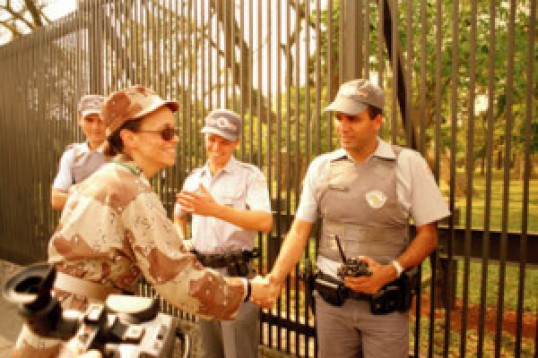“the deep strangeness of the present moment: everybody knows what’s going on, and nobody can do anything about it.”
James Bridle
videotaping
Using CCTV to bring down fascists
The Forensic Architecture team has release another masterful media investigation: THE MURDER OF PAVLOS FYSSAS
Here’s the quick summary. Full video linked below
In 2013, members of the Greek Nazi movement “Golden Dawn” murdered the antifascist rapper Pavlos Fyssas on the streets of Athens, a murder that was covered up by members of the Greek police, known to be riddled with Golden Dawn infiltrators, and abetted by Members of Parliament from Golden Dawn.
As the case works its way through the Greek courts, the University of London’s “Forensic Architecture” group has been called in to make sense of a welter of evidence about the crime and the cover-up, deploying their system of using “architectural techniques and technologies to investigate cases of state violence and violations of human rights around the world.”
The result is a 37 minute video that Talos on Metafilter a masterpiece of analytic exposition and impressively recreates the events surrounding the murder based on available data sources — it is.
The Fyssas trial has the potential to bring down Golden Dawn, to bring its true nature as an organized crime group into the open, to eliminate it from the Greek Parliament and to trigger a purge of Nazi elements from the Greek police. It is nothing short of seismic.
But even if you don’t care about any of that, this video is remarkable, a stitching-together of disparate and flawed evidence sources in a way that uses the strengths of one to overlap and fix the weaknesses of the other, creating a coherent and devastating story that is as well-told as any crime drama. It is truly virtuoso work.
Much of the original audio and video material was without an accurate timestamp, and it became apparent that attempts by the Greek police investigators to address this problem were insufficient. As a result, our researchers had to assess the material from scratch, and deduce the correct time and location of each piece of footage.
Audio recordings were assembled into a timed sequence through a process of sound analysis. CCTV footage from various locations around the scene was synchronised and given an accurate timestamp by reference to the sequence of audio recordings.
(via BoingBoing)
Our seminar surveillance system provider wishes us all

“WE OBSERVE”
Upcoming project: Experiments with automated video monitoring and semantic analysis

[jwplayer config=”fall and slip video” mediaid=”835″]
Just one example on what is possible, from http://www.intelli-vision.com/products/intelligent-video-analytics/slip-and-fall
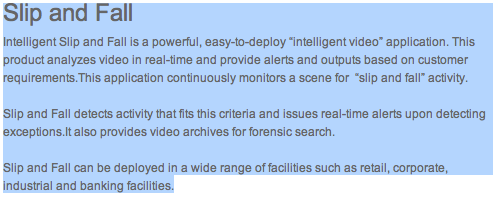
This is the technology behind ‘intelligent’ video. Leaving out the maths we’re left with some fascinating imagery. If you do want the math, the original PDF paper is available here.
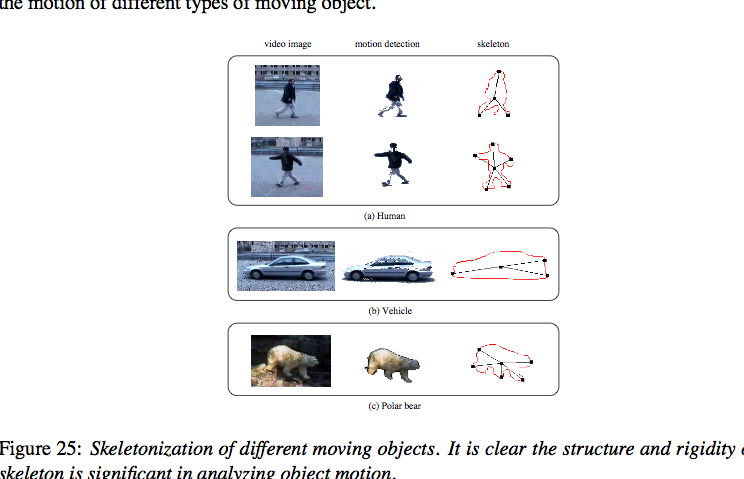
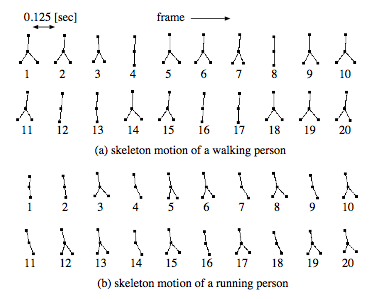
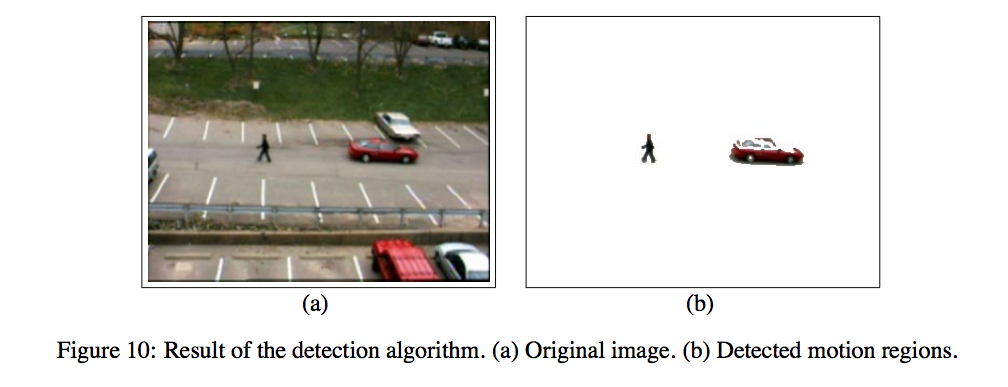
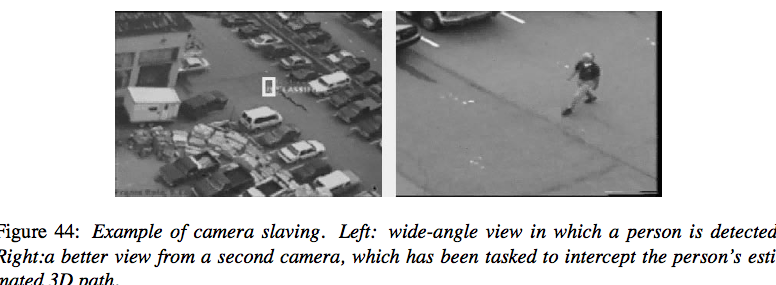
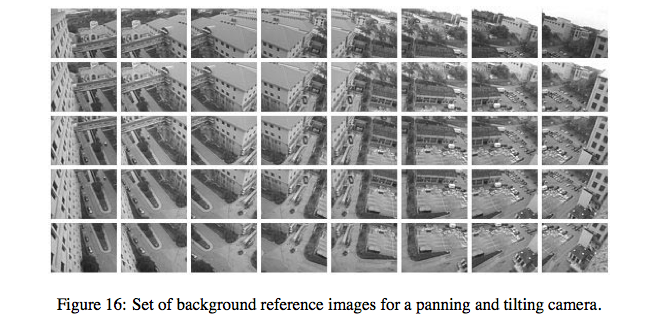
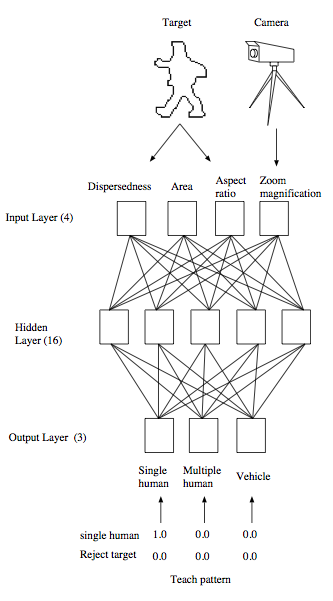
Nils Zurawski im Interview (in German)
Ein Interview mit Nils Zurawski (Betreiber des Surveillant Studies Network, Hamburg) anlässlich der Ausstellung des Künstlers Alexander Steig im kunstraum muenchen.
Spricht unter anderem über ‘was ist CCTV’:
http://www.surveillance-studies.org/2011/07/17/ausstellung-und-interview-zu-cctv/
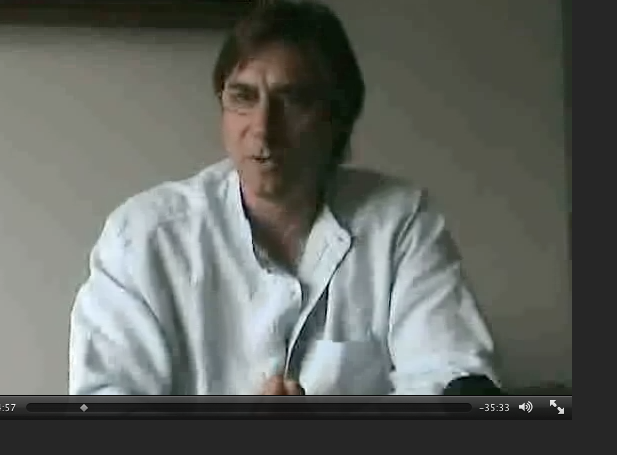
Collateral Murder
Overview
5th April 2010 10:44 EST WikiLeaks has released a classified US military video depicting the indiscriminate slaying of over a dozen people in the Iraqi suburb of New Baghdad — including two Reuters news staff.
Reuters has been trying to obtain the video through the Freedom of Information Act, without success since the time of the attack. The video, shot from an Apache helicopter gun-site, clearly shows the unprovoked slaying of a wounded Reuters employee and his rescuers. Two young children involved in the rescue were also seriously wounded.
Could be truthful: Moscow cameras streamed false pictures
Police have learned that CCTV cameras all across Moscow streamed prerecorded pictures, while the company servicing them received more than a million dollars in payments.
The company, StroyMontageService, has been accused of security fraud. Police have detained its director, Dmitry Kudryavtsev, who denies all charges saying the scandal is an attempt by his rivals to squeeze him out of the market.
The alleged fraud was uncovered during a routine check of Moscow CCTV cameras.
“From May to September 2009 CCTV cameras in several districts of Moscow streamed pre-recorded pictures instead of real-time video,” police spokeswoman Olga Dumalkina stated on Tuesday.
http://rt.com/Top_News/2010-01-13/cctv-cameras-fraud-moscow.html
Coco Fusco at MC
http://www.afterall.org/online/coco.fusco.at.mc
Coco Fusco’s recent exhibit at MC, Los Angeles (2006) included the photographic series Bare Life Study #1, a fictional military interrogation training manual for women, an enigmatic presentation of real manuals on a desk, and in an adjoining room, the 59-minute video Operation Atropos. The show explored the weaponization of female sexuality by the US military that was exposed by the Abu Ghraib and Guantanamo Bay prisoner abuse scandals.
read more!
DICTIONARY OF WAR
http://dictionaryofwar.org/concepts/
DICTIONARY OF WAR is a collaborative platform for creating 100 concepts on the issue of war, to be invented, arranged and presented by scientists, artists, theorists and activists at four public, two-day events in Frankfurt, Munich, Graz and Berlin. The aim is to create key concepts that either play a significant role in current discussions of war, have so far been neglected, or have yet to be created.
DICTIONARY OF WAR is about polemics in various respects: It seeks confrontation with a reality that is characterised by the concealment of power relations the more that one talks about war and peace. But it is also about finding out to what extent war may function as an “analyzer of power relations” that constitutes current changes.
Changes that have been producing ever new wordings: The new war, post-modern war, global war, immanent war – all sorts of labels that indicate that the juridical model of sovereignty would seem to have had its day: war as an armed confrontation between sovereign nation states is a thing of the past.
While this still refers to conflict between different interest groups that are defined by the degree of their intensity and extension, unlike in the past war serves to regulate rather than destroy or renew existing power relations.
War is a “constitutive form of a new order” that no longer knows an inside or outside, that not only destroys but also produces life. In this new world order there is no difference between war and non-war: war is perpetual and everywhere.
So like so many other things these days, war too seems to be subject to a de- and re-regulation process that radically challenges old certainties and replaces them with new premises that shall not be questioned. DICTIONARY OF WAR sets out to oppose war and, at the same time, calls for “desertion” from a war of words in which facts are created with such force in their communication and propaganda that they can no longer be challenged.
The aim of DICTIONARY OF WAR is to make the creation or revaluation of concepts transparent into more or less open processes in which we can and need to intervene; at the same time, the aim is to develop models that redefine the creation of concepts on the basis not of interdisciplinary but rather undisciplined, not co-operative but rather collaborative processes.
“At least, when we create concepts, we are doing something.” The idea of DICTIONARY OF WAR, then, begins by referring to the theory of creating concepts proposed by Deleuze and Guattari: Concepts must be invented, created, produced; concepts refer to problems without which they would be meaningless. It is not about definitions, anecdotes, original opinions or entertainment, but rather about developing the tools with which to attain new ideas.
The concepts are created by conceptual personae, who are not identical to the author, philosopher, artist self, but rather testify to a third person beneath or beside. According to Deleuze and Guattari, “we do not do something by saying it but produce movement by thinking it, through the intermediary of a conceptual persona”.
DICTIONARY OF WAR is not a book in the proper sense. It is not about texts, deadlines or editing but about performativity. The concepts are introduced in alphabetical order by their conceptual personae in twenty-minute presentations.
There are no restrictions with regard to format. DICTIONARY OF WAR will be composed of lectures, choreographies, films, slide shows, readings or whatever format authors, actors, organisers and conceptual personae choose to use.
Finally, DICTIONARY OF WAR may well be a kind of war machine itself: the concepts are not intended to be deployed as means of control that regulate meanings, but which rather activate developments and processes and evoke events. “To draw speech to oneself and bring something incomprehensible into the world.” (Kleist)
